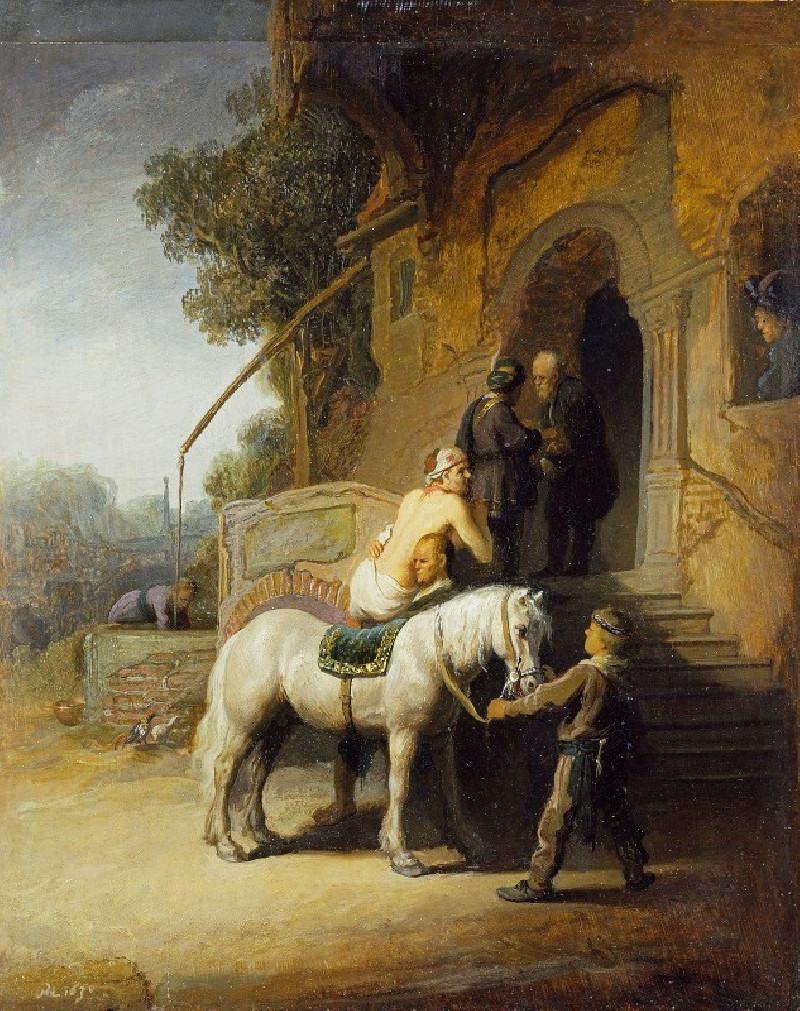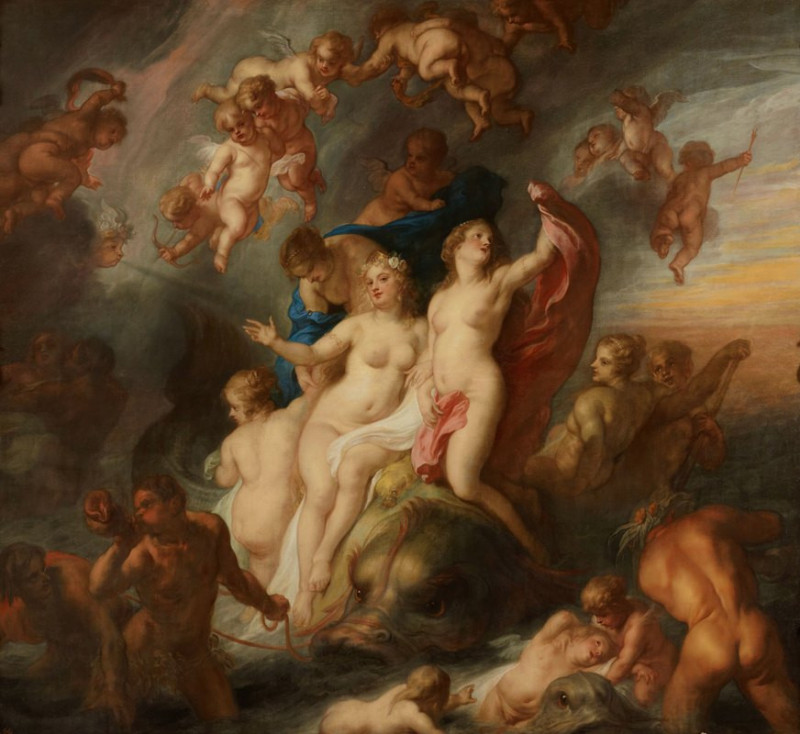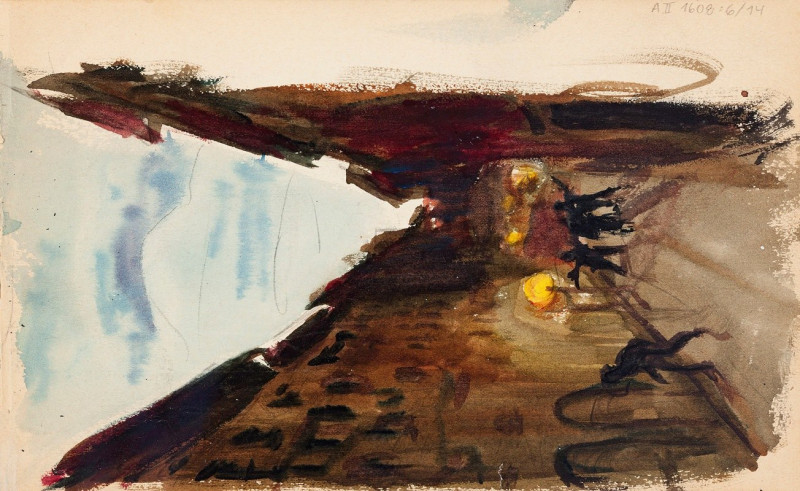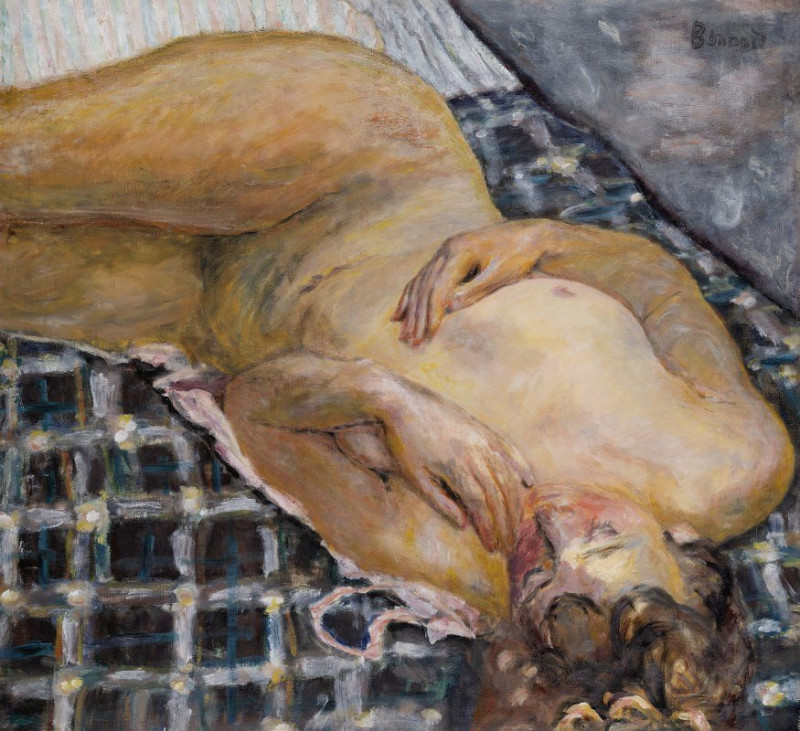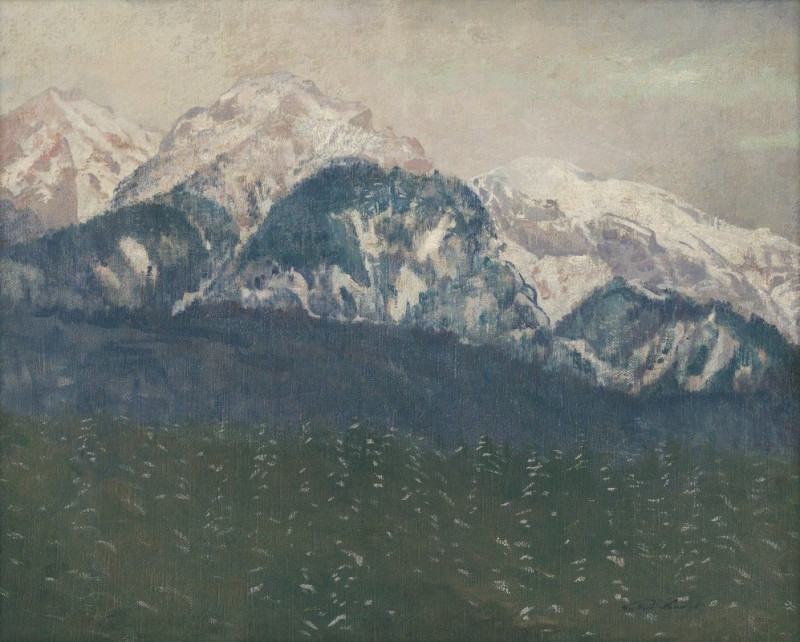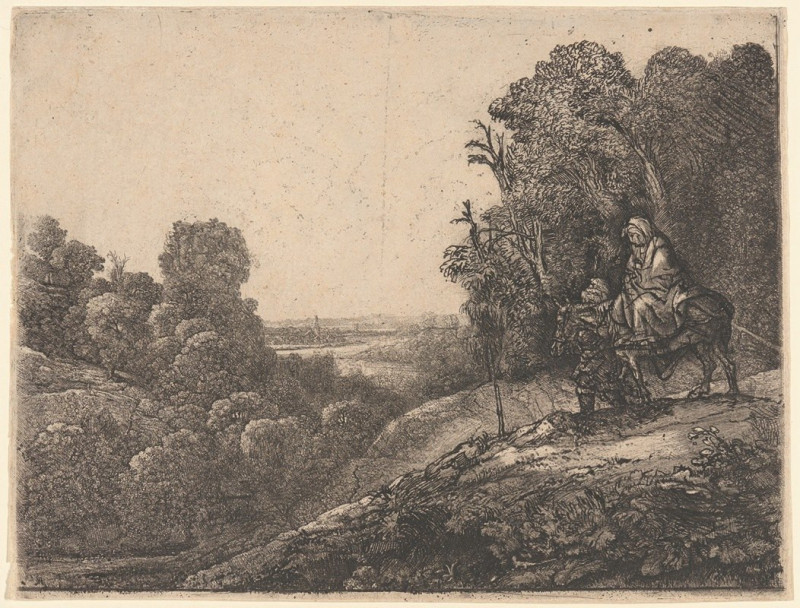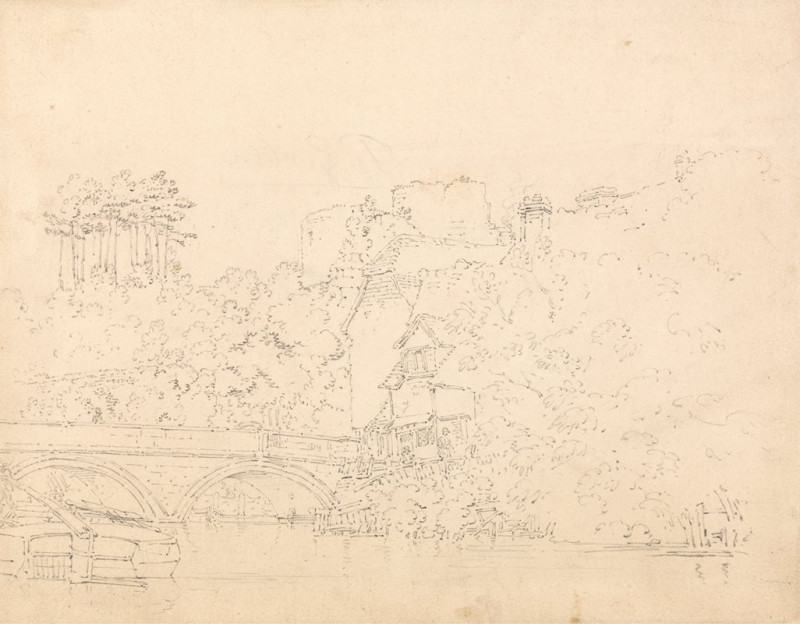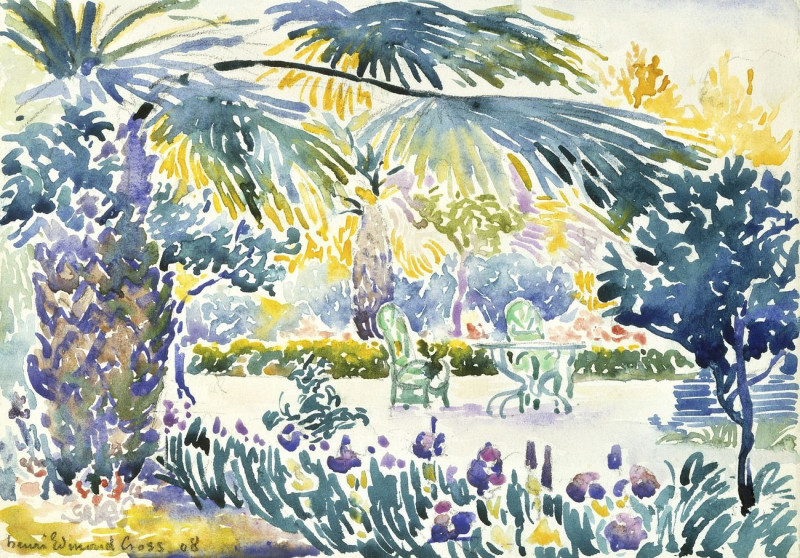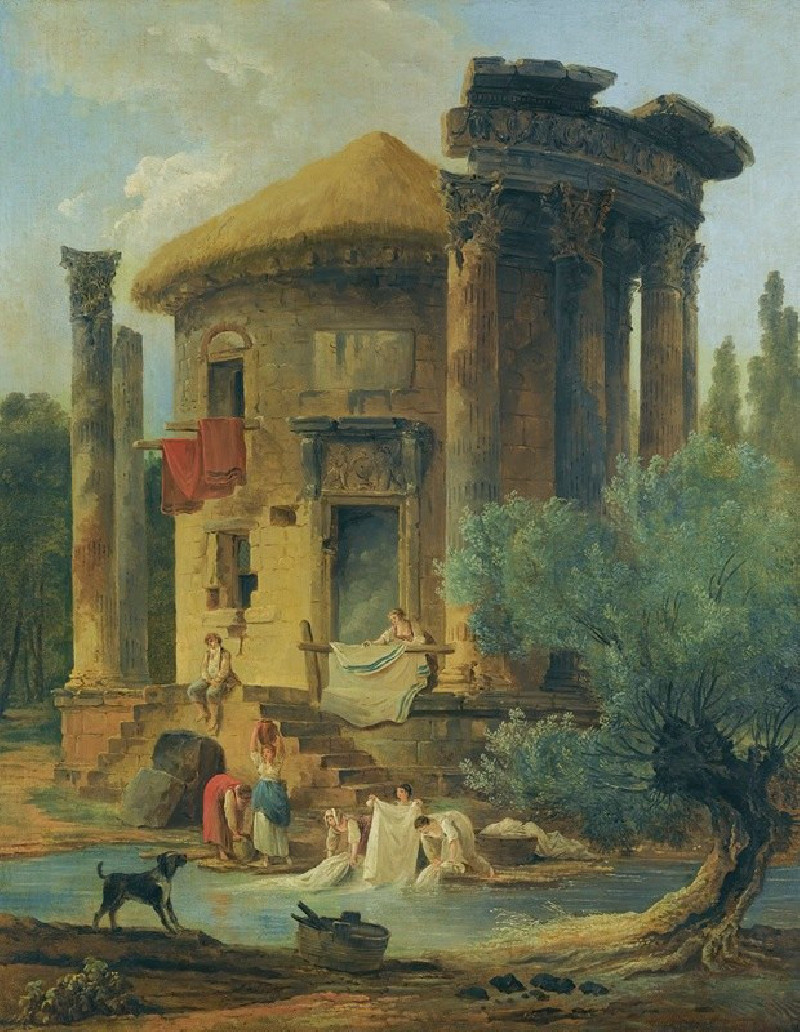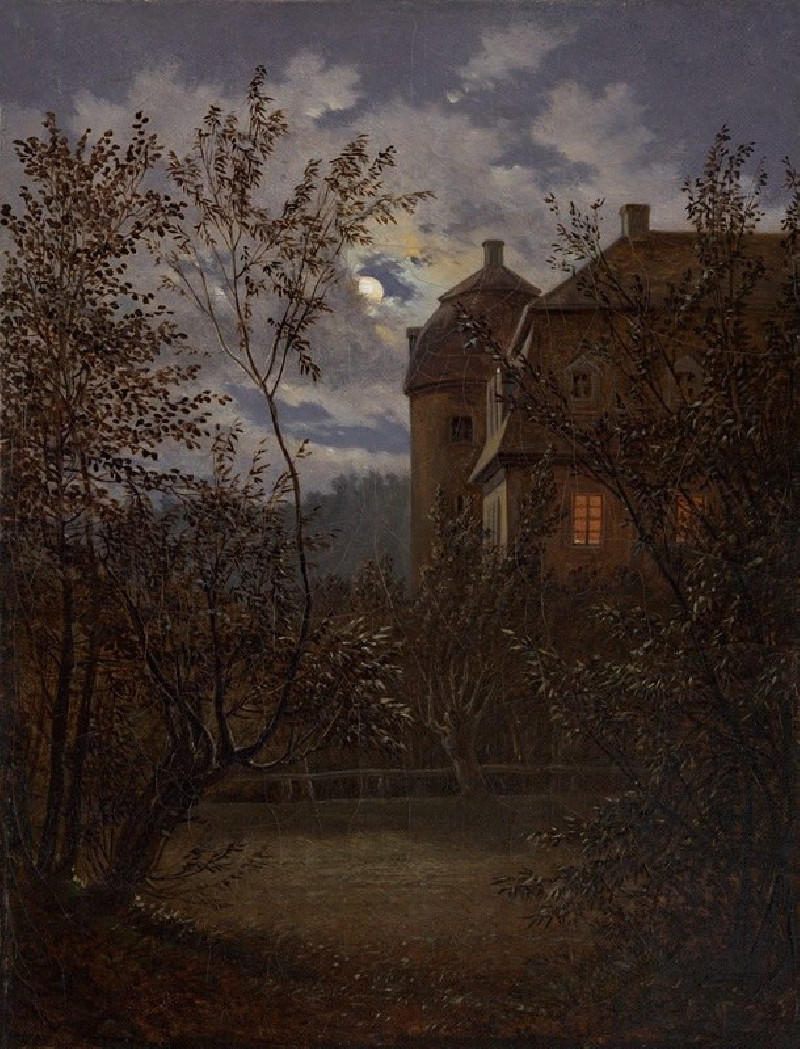Bords de l’Oise a Pontoise (Banks of the Oise at Pontoise)
Technique: Giclée quality print
Recommended by our customers
More about this artwork
"Bords de l'Oise à Pontoise" (Banks of the Oise at Pontoise) is a captivating painting by renowned French Impressionist painter Camille Pissarro. Created in 1873, this artwork showcases Pissarro's adept skill in capturing the vibrancy and essence of French landscapes.The painting features a serene view along the banks of the Oise River flowing through the town of Pontoise, located in the northwest suburbs of Paris. It depicts a calm, yet dynamic scene of everyday rural life infused with the natural beauty of the surroundings. The foreground is dominated by a dusty pathway that invites the viewer into the scene, lined with lush, towering trees that frame the composition. A figure strolls leisurely along the path, adding a human element to the natural setting.In the middle ground, one can observe a small boat gently floating on the river, while the background is filled with the architectural and industrial signatures of the era. Notably, a factory chimney emits a plume of smoke, contrasting sharply with the idyllic, pastoral elements of the landscape. This juxtaposition is suggestive of the encroachment of industrialization on rural life.The sky above is rendered with soft, swirling clouds, suggesting the transient lighting conditions typical of Impressionism. Pissarro's use of light and shade, along with his loose, expressive brushwork, creates a vivid depiction of the landscape that is both reflective and lively.This painting not only captures the tranquil beauty of the French countryside but also subtly critiques the changes brought about by the industrial age, making it a profound piece both visually and thematically.
Delivery
Returns
Blessed are they who see beautiful things in humble places where other people see nothing. — Camille Pissarro
Camille Pissarro (1830-1903) was born on St.Thomas (now the US Virgin Islands) to a Portuguese father and a Dominican mother. He went to Paris to study art at Ecole des Beaux-Arts. He was an early pioneer of pointillism and neo-impressionism and later became a mentor of many famous impressionist painters including Cezanne, Manet, Renoir, and Gauguin. His paintings depicted rural and urban French landscapes and lifestyle. Many of his works politically captured images of peasants and laborers. Today, he is considered the father of impressionism.


































